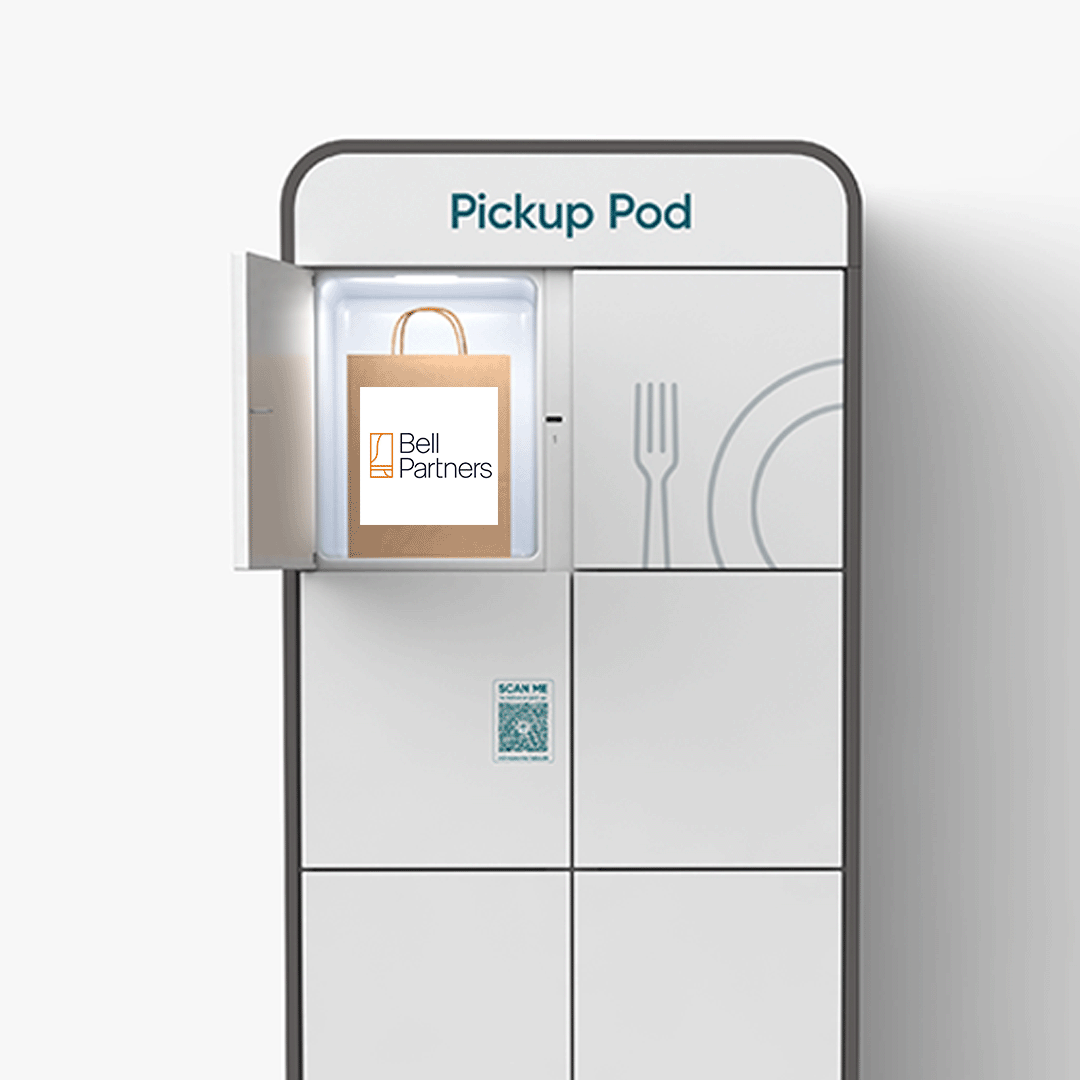Soil-borne diseases continue to pose a significant challenge to global agricultural productivity. These diseases, caused by persistent soil-residing pathogens such as Fusarium, Pythium, and Rhizoctonia, can survive for years in the absence of host plants, making their management particularly difficult. As traditional chemical controls raise concerns over resistance and environmental impact, researchers are shifting toward integrated, sustainable methods of soil-borne disease control that align with modern ecological principles.
Understanding the Soil-Borne Pathogen Ecology
Effective soil-borne disease control starts with a detailed understanding of the biological and ecological dynamics of the rhizosphere. Soil is a living system composed of diverse microbial communities that interact constantly with plant roots. When this balance is disturbed—by monoculture, poor soil management, or climate stress—pathogenic organisms often gain the upper hand.
Researchers have found that soil texture, nutrient composition, and water availability can either suppress or favor pathogen proliferation. For instance, compacted or poorly drained soils create anaerobic conditions that enhance the survival of some root pathogens. Thus, disease outbreaks are not solely due to pathogen presence but result from a complex web of ecological interactions. Investigating these relationships enables scientists to design more nuanced soil-borne disease control strategies that are both preventive and curative.
Biological Control and Microbiome Manipulation
The rise of biological control represents a paradigm shift in how we manage soil-borne diseases. Unlike chemical fungicides, biological control agents (BCAs) work by promoting beneficial microbial activity and enhancing soil biodiversity. Trichoderma spp., for example, are widely studied fungi that can parasitize pathogens and stimulate plant defense mechanisms.
Recent advances in next-generation sequencing have allowed researchers to profile soil microbial communities in unprecedented detail. By comparing healthy and diseased soils, scientists can identify beneficial taxa that correlate with disease suppression. This has led to the concept of “disease-suppressive soils,” where natural microbial antagonism keeps pathogens in check. Manipulating the microbiome through biofertilizers, compost teas, or microbial inoculants is becoming a promising and targeted approach to soil-borne disease control, especially when integrated with good soil health practices.
Cultural and Agronomic Practices
While biological tools gain popularity, foundational cultural practices remain indispensable. Crop rotation, when planned using knowledge of pathogen host ranges, can significantly reduce disease pressure over time. For instance, rotating legumes with non-host cereals helps manage Fusarium and Rhizoctonia populations in soil.
Soil solarization, which involves covering moist soil with transparent plastic to trap solar heat, is a non-chemical method particularly effective in warmer climates. Combined with organic amendments, this technique can drastically reduce pathogen loads. Other practices, such as raised beds, proper irrigation management, and timely residue removal, create conditions less favorable to pathogen survival and propagation.
Importantly, many of these interventions are low-cost and scalable, making them accessible options for developing regions. The key lies in tailoring these agronomic strategies to specific cropping systems and environmental contexts, which remains a significant research focus within soil-borne disease control programs.
Breeding for Resistance
Genetic resistance is a cornerstone of durable soil-borne disease control. Classical breeding methods have successfully introduced resistance genes into various crops, but pathogen adaptability often leads to the breakdown of resistance over time. To overcome this, researchers are now employing genomic tools to pyramid multiple resistance genes and identify quantitative trait loci (QTLs) that provide partial but broad-spectrum protection.
Genome editing technologies like CRISPR/Cas9 offer precise and efficient methods to enhance resistance. For example, knocking out susceptibility genes or enhancing defense-related pathways can significantly reduce infection rates. Integrating such resistant varieties into cropping systems not only mitigates yield loss but also reduces the reliance on chemical treatments, aligning with sustainable agriculture goals.
Integrated Disease Management (IDM) Strategies
IDM synthesizes all the aforementioned approaches into a cohesive framework. It’s not just about combining methods but optimizing their timing, sequence, and local adaptation. For instance, deploying resistant cultivars alongside microbial inoculants and rotating crops with non-host species creates a multi-layered defense that pathogens find harder to overcome.
Data-driven decision-making is enhancing IDM efficacy. Tools like soil sensors, remote sensing drones, and AI-based prediction models allow for real-time monitoring of field conditions and disease risks. This technology-enabled precision agriculture is increasingly being incorporated into soil-borne disease control strategies, helping researchers and practitioners alike make informed choices.
Challenges and Future Directions
Despite significant advances, challenges remain. Field variability, inconsistent performance of BCAs, and the complexity of plant-microbe-soil interactions often limit the reproducibility of lab-based findings. Moreover, as climate change accelerates, the geographic range and aggressiveness of soil-borne pathogens are shifting, requiring adaptive and forward-looking solutions.
Future research should focus on long-term field trials, development of synthetic microbial communities, and the integration of omics technologies to better understand disease dynamics. Collaboration across disciplines—microbiology, genetics, agronomy, and computational biology—will be key to advancing soil-borne disease control in a holistic manner.
Conclusion
Soil-borne disease control is evolving from reactive treatment to preventive ecosystem management. For plant science researchers, this means embracing complexity and working across disciplines to develop context-specific solutions. Whether through microbiome engineering, resistant crop varieties, or integrated management frameworks, the future of soil-borne disease control lies in sustainable, data-informed, and ecologically sound practices that ensure both plant and soil health.





















